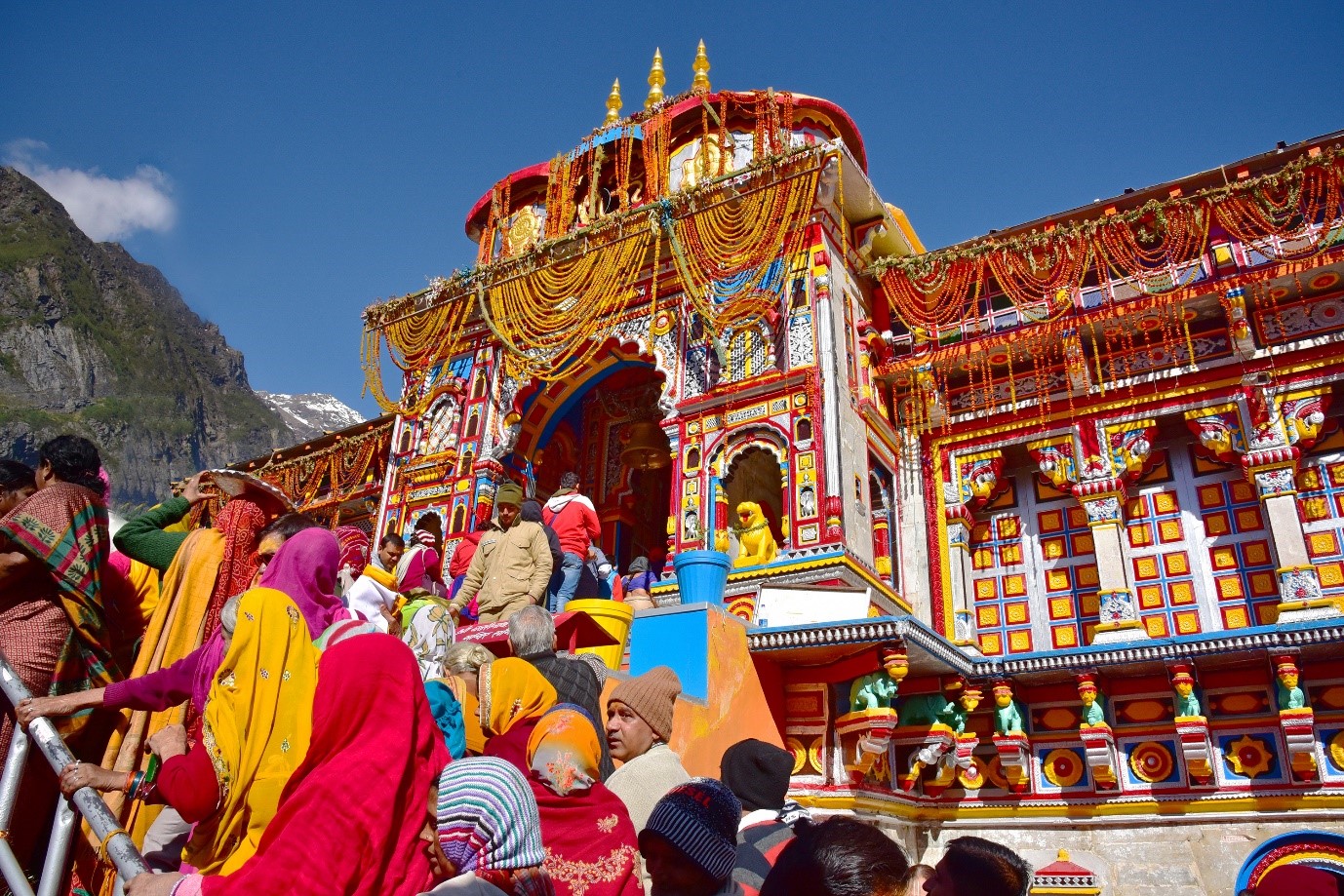Badrinath Dham Yatra
Badrinath Dham Yatra: Your Spiritual Journey
The Badrinath Char Dham Yatra is one of the most revered pilgrimages in India, attracting devotees from all over the world. Situated in the Garhwal Himalayas of Uttarakhand, Badrinath is dedicated to Lord Vishnu and forms part of the Char Dham pilgrimage sites, which also include Yamunotri, Gangotri, and Kedarnath. The journey to Badrinath offers breathtaking views of the Himalayas, lush valleys, and sacred rivers. Embarking on the Badrinath Char Dham Yatra is a spiritually enriching experience, offering a deep connection with nature and divinity. Here's a detailed account of the Badrinath Dham Yatra, encompassing its history, significance, route, and key highlights.
History and Significance: Badrinath, dedicated to Lord Vishnu, is believed to be the place where he meditated for thousands of years. It is one of the Char Dham pilgrimage sites and is considered one of the 108 Divya Desams, holy abodes of Lord Vishnu. The temple's origin dates back to the Vedic period, with mentions in several ancient texts like the Vishnu Purana and Skanda Purana.
Route and Journey: The journey to Badrinath Yatra typically begins from Haridwar or Rishikesh. Pilgrims travel through picturesque towns like Devprayag, Rudraprayag, Karnaprayag, and Nandaprayag, where rivers like Alaknanda and Mandakini accompany them. The route offers breathtaking views of the Himalayas, lush valleys, and cascading waterfalls.
Pictures from our users
Key Highlights
- Badrinath Temple: The Badrinath Temple, dedicated to Lord Vishnu, is a revered pilgrimage site in the Garhwal Himalayas of Uttarakhand. Known for its stunning black stone idol of Lord Badrinarayan, the temple is a marvel of ancient architecture and spirituality
- Tapt Kund: A natural thermal spring near the temple, believed to have medicinal properties. Devotees take a dip in this holy water before entering into the temple.
- Mana Village: Mana Village is the first Indian village before the Indo-Tibetan border. It's known for its rich cultural heritage and mythological significance, as it's believed that Ved Vyasa wrote the Mahabharata here.
- Charan Paduka: Situated at an altitude of 3,380 meters, Charan Paduka is a revered site near Badrinath. It features a rock with the footprints of Lord Vishnu, offering panoramic views of the surrounding Himalayas.
- Neelkanth Peak: Neelkanth Peak, often referred to as the 'Garhwal Queen,' is a majestic snow-capped mountain visible from Badrinath. Standing at an elevation of 6,597 meters, it adds to the scenic splendor of the region
Badrinath Temple Opening Date: The Badrinath Uttarakhand opens its doors to devotees in late April or early May, on the auspicious day of Akshaya Tritiya. The temple remains open for six months during the summer and closes on the day of Vijayadashami in October or November, coinciding with Diwali.
The Badrinath Char Dham Yatra is not just a journey; it's a spiritual awakening. It offers devotees a chance to connect with their inner selves amidst the tranquil beauty of the Himalayas. The yatra is a testament to the faith and devotion of millions who undertake this sacred journey, seeking the blessings of Lord Badrinarayan


